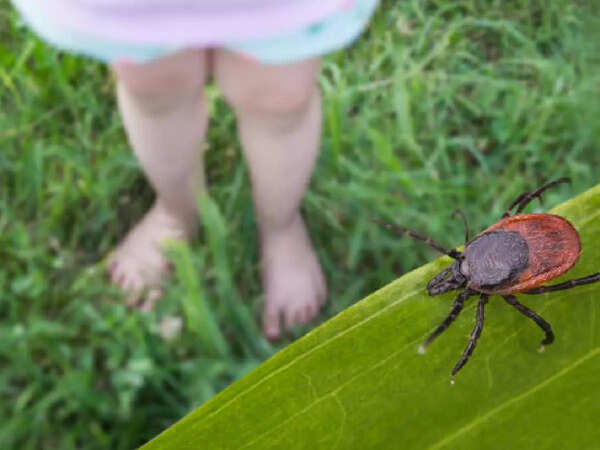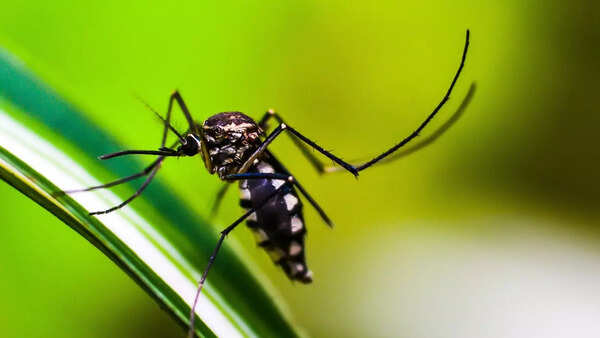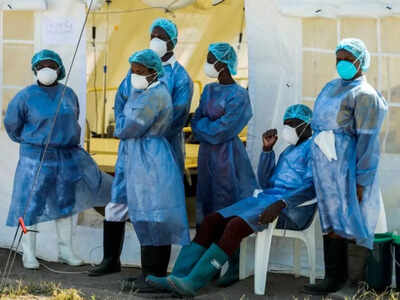Not just COVID: These 5 diseases are spreading fast globally in 2025

5 diseases that are spreading fast in the world right now5 dangerous diseases rapidly spreading across the globeNot just COVID: These 5 diseases are quietly surging in 2025It’s easy to think the world left behind disease outbreaks after the peak of the pandemic. But the truth paints a more worrying picture. As 2025 unfolds, several infectious diseases are spreading quietly—but rapidly—across countries and communities.While headlines often highlight just one or two, there are more bubbling beneath the surface.Here are 5 diseases currently spreading at an alarming pace globally. These aren’t just statistics—they are reminders of how nature, climate, and public health intersect. What’s more important is understanding what’s causing the rise and how simple preventive actions can protect many lives.
Measles in the US and Canada
Over 1,000 confirmed cases and three deaths in the US. Canada has reported over 1,500 suspected and confirmed cases. Texas alone accounts for nearly 70% of the US outbreak.Measles, once thought to be under control thanks to vaccines, is making a strong return. The drop in routine childhood immunisations during and after the pandemic has created vulnerable clusters. In communities with low vaccine uptake, even one case can snowball into dozens.Measles isn’t just a rash—it can cause severe complications like brain swelling, pneumonia, and even death. The resurgence isn’t just a public health failure—it’s a reflection of vaccine hesitancy and disrupted healthcare systems.Vaccination remains the strongest shield. In outbreak-prone areas, schools and public events are on high alert. Restoring trust in immunisation programs is key to stopping this preventable crisis.

Ticks is a growing threat in the US
What experts are seeing: New York hospitals have reported a 200% rise in ticks submitted for disease testing this year alone. Doctors are especially worried about Lyme disease and a flu-like illness called anaplasmosis, both spread by tick bites.Warmer winters and shifting deer populations are giving ticks more time and space to spread. People spending time outdoors—gardening, hiking, or even just walking pets—are more likely to bring ticks home unknowingly.Tick-borne illnesses often start like the flu. Fatigue, body aches, and fever can mask the real culprit. Delayed treatment can lead to chronic symptoms or hospitalisation.Tick checks after outdoor activities, keeping grass short, and using repellents are small but powerful steps. Some towns like Manlius in New York are even controlling deer populations to reduce tick numbers.

(Pic courtesy: iStock)
Covid-19 returns in Southeast Asia
Singapore has seen a 28% rise in cases in just one week. Hong Kong’s positivity rate has jumped from 1.7% to 11.4%, a figure even higher than last year’s peak.The virus hasn’t become deadlier, but waning immunity is making people vulnerable again. Many skipped booster shots, and new variants—LF.7 and NB.1.8—are circulating rapidly.Covid fatigue is real. People are tired of masks and updates. But ignoring this new wave can overwhelm hospitals, especially with a high-risk elderly population.Most new variants aren’t more severe, but the sheer number of infections still increases risk. Quiet prevention—like indoor ventilation, hand hygiene, and updated boosters—remains essential.

Photo: Pixabay
Mosquitoes are back in action
With temperatures rising, mosquito-borne illnesses are climbing across Asia, Africa, and even parts of Europe. Urban construction, standing water, and climate shifts are turning cities into mosquito hotspots.Dengue cases have shown early spikes in countries like India and Bangladesh. Malaria is also expanding into regions once considered low-risk due to climate changes.These diseases don’t always start with dramatic symptoms. A slight fever or body ache can delay diagnosis, allowing complications to develop quickly.Measures like clearing stagnant water, wearing full-sleeve clothing, and using mosquito nets aren’t outdated—they are more crucial than ever. Some regions are also trialing mosquito-control technologies like genetically modified insects to reduce spread.
Rise of rare tick pathogens
Beyond Lyme disease: While Lyme gets most of the attention, diseases like anaplasmosis are showing up more frequently. This bacterial illness, transmitted through tick bites, can mimic seasonal flu, but can become severe quickly if left untreated.Unlike other tick-borne illnesses, anaplasmosis isn’t always diagnosed right away. Its rise is being linked to increased deer interactions, pets bringing ticks indoors, and extended warm seasons.Not all ticks are visible. Nymphs (baby ticks) are the size of a poppy seed and can go unnoticed. Many fall sick without ever seeing the tick that bit them.Apart from outdoor safety measures, recognising early symptoms—especially in spring and summer—can save time and complications. Doctors now advise testing for multiple tick-borne pathogens, not just Lyme.
















